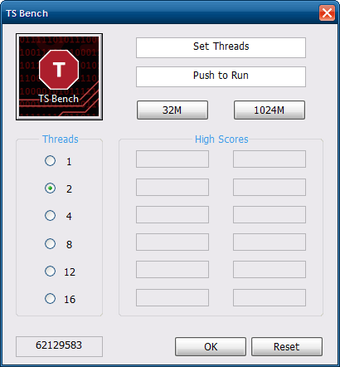ThrottleStop - A Software Tool to Limit PC Performance
Screenshots
ThrottleStop is a newly designed application by Kevin Glynn, a famous UK overclocking author and consultant. In simple terms, it is a tool that is supposed to counter the three major aspects of CPU throttling (Power Limit, Thermal, and Virtual Memory) found in most modern computers. It was created as a means to counter the power hungry behavior of high-end quad core processors, like the Intel Core 2 Duo, that is often used for professional applications and games. With the help of ThrottleStop, these processors would idle for longer periods of time, thus reducing their power consumption. The core concept is rather simple: when a processor is running at maximum speed, it has no need to consume so much power.
To use the ThrottleStop utility, you simply need to download it, install it and then let it run on your PC. If you are using Windows, the application uses a simple graphical user interface (GUI) to monitor all three major aspects of your PC. To do this, the software enters various modes based on your current setting, such as the Windows XP Service mode, Windows Vista Service mode or the Windows Vista Home Basic mode. The software then monitors the temperature, core speeds and other metrics of your PC, after which it generates a log file with its findings. The report generated by ThrottleStop can be used for various purposes like informing you if your computer is overheating, cooling down the computer or monitoring other aspects of your PC performance.
As the name suggests, ThrottleStop monitors your PC's behavior based on the thermal limits set for your processor. It divides your processor into different groups, such as low, medium and high, and configures the ThrottleStop software to limit the processor speed of each group. In the real world, ThrottleStop functions in the same way. But the software comes with a number of features that allow it to make more intelligent decisions about Throttleuating your PC. It detects the difference between low power consumption and overheating, between maximum and minimum temperatures and also between the fan and ambient temperatures.


